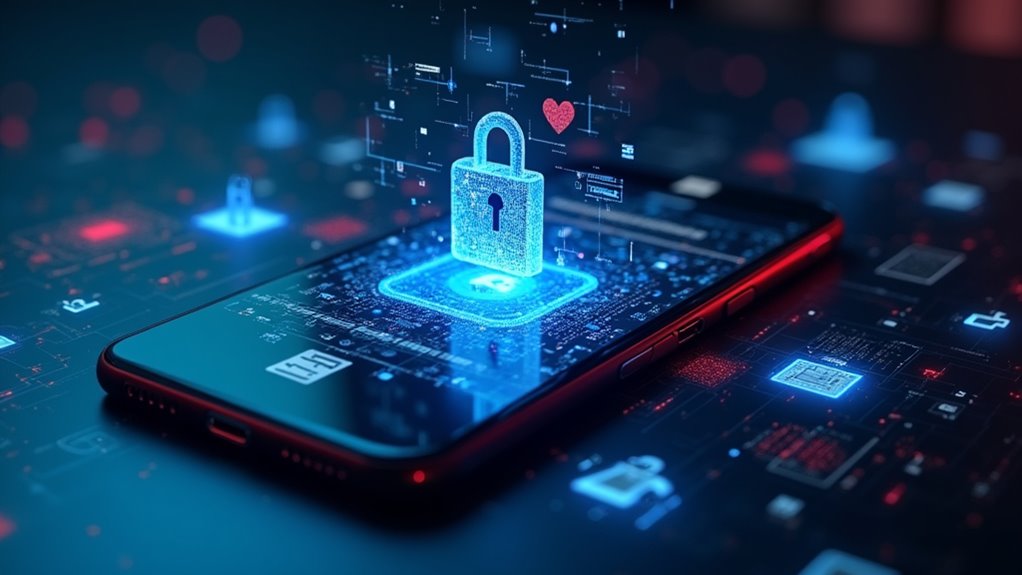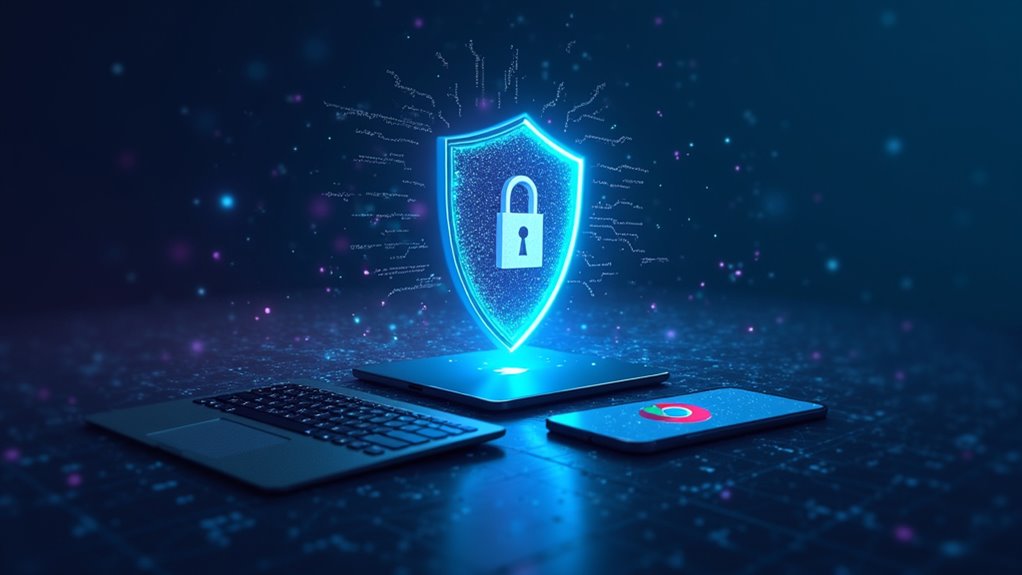Thousands of Facebook users have been duped by the latest “fake AI” craze—think miracle productivity bots and “ChatGPT upgrades”—only to hand over their data to slick malware hidden in friendly-looking messages. It’s the digital equivalent of falling for a free pizza coupon that empties your fridge instead. Social platforms, especially Facebook, are fertile ground for these scams, thanks to AI-powered phishing that mimics actual friends or bosses. Want to avoid becoming the next cyber-cautionary tale? Stick around for more.
Even in a world where people can’t agree on pineapple pizza, one thing is certain: cyber threats are everywhere, and they’re getting smarter—thanks, in part, to artificial intelligence. Each day, over 2,200 cyberattacks crash the digital party, with a new victim every 39 seconds. If you thought your biggest online risk was accidentally liking your ex’s photo from 2014, think again. AI systems now scan networks 24/7 for suspicious activity, making cybersecurity more accessible to organizations of all sizes.
Cyber threats are multiplying faster than pineapple pizza debates, with AI making attacks sneakier and more relentless every single day.
The new villain on the block? The fake AI craze. Attackers are now harnessing AI to design cyberattacks so sophisticated, even your most paranoid uncle would be impressed. AI-generated phishing messages are no longer full of awkward grammar—they’re personalized, hyper-realistic, and eerily human. Imagine getting a message that sounds just like your boss, asking you for sensitive data. Yes, that’s AI, and no, it’s not your boss (unless your boss is a robot, in which case… good luck). Organizations are scrambling to keep up, with 85% of cybersecurity professionals saying that generative AI is making cyberattacks more frequent and effective.
Let’s talk Facebook, the digital watering hole where malware loves to mingle. Innocent-looking messages can now be a Trojan horse, hiding self-learning, AI-powered malware. One click and—boom—data theft, financial loss, and maybe an embarrassing post or two. Major breaches, like those seen at Facebook, have made user data about as private as a reality show confession booth. In fact, the average time to contain a breach is nearly 277 days, giving attackers a long window to exploit stolen information.
Here’s a quick reality check:
- Ransomware strikes every 11 seconds
- Phishing on social media? LinkedIn alone accounts for 47% of attempts
- Average phishing loss: $136 per person
- AI-driven deepfakes? They’re impersonating execs for cash grabs
Social media might be for memes and humblebrags, but it’s also ground zero for fraud, with 1 in 4 users admitting they’ve been duped. AI doesn’t just help defenders—it arms attackers, too, with autonomous malware and password-cracking skills that would make even movie hackers jealous.









